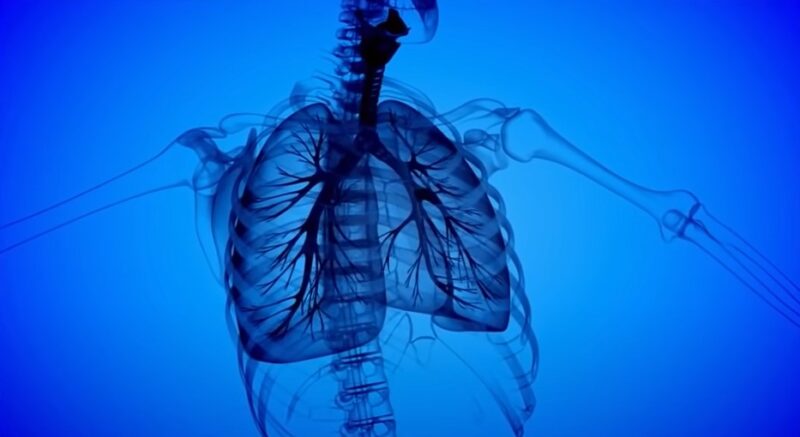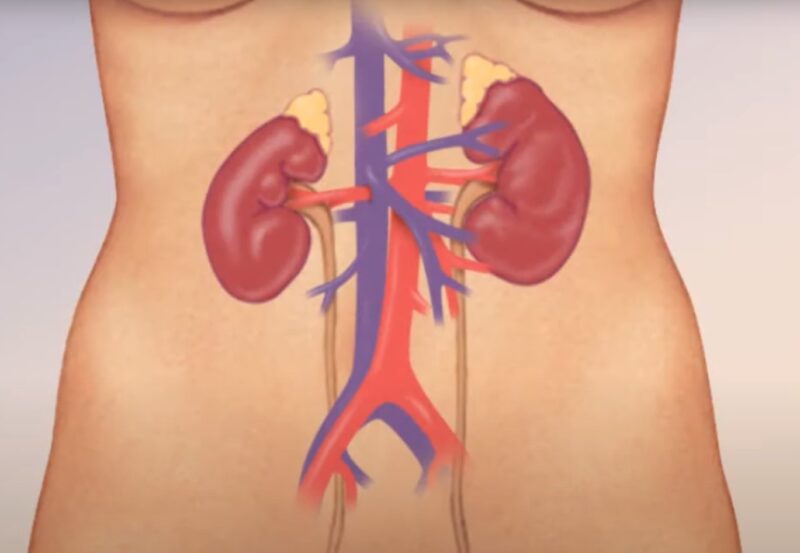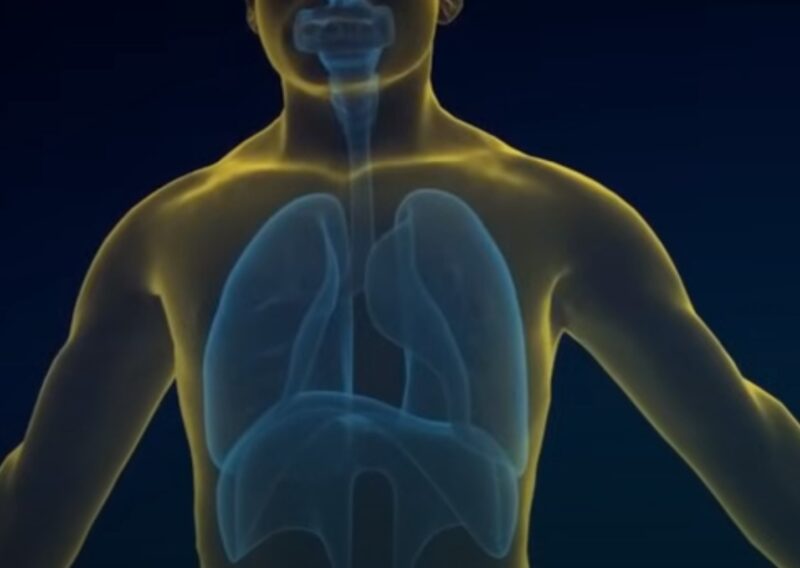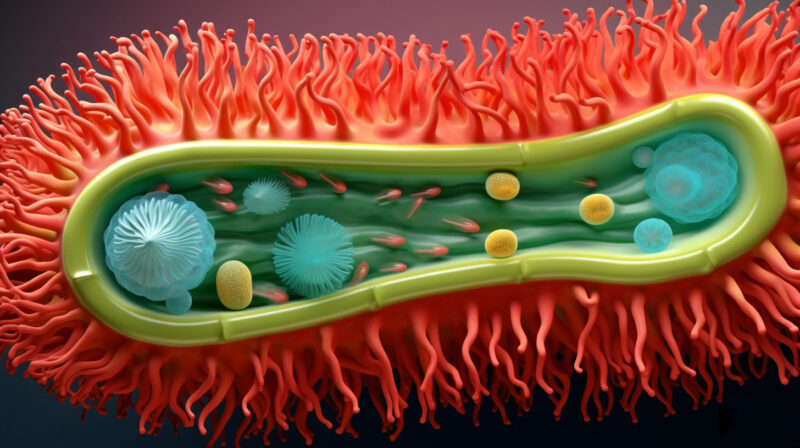Hypertensive Nephrosclerosis may sound a bit intimidating, but it’s simply a term for changes that happen in the kidneys due to long-term hypertension, or high blood pressure. It’s a condition that often goes unnoticed, quietly affecting the health of your kidneys over time. Think of your kidneys as two hardworking individuals, constantly filtering waste from your blood day in and day out.
They play a vital role in maintaining your body’s balance, but they are also susceptible to the impact of high blood pressure. With time, the constant pressure can harm the small blood vessels in your kidneys, resulting in a condition called hypertensive nephrosclerosis.
Now, it’s important to understand that hypertensive nephrosclerosis usually develops gradually. It’s like a sneaky intruder, slowly and subtly causing changes in your kidneys. That’s why it’s commonly observed in older individuals who have had more years for high blood pressure to take its toll.
But what does this mean for you? Well, if you have been living with high blood pressure, it’s crucial to be aware of how it can potentially affect your kidneys.
Regular check-ups and monitoring of your kidney function can help identify any early signs of hypertensive nephrosclerosis. And if you belong to the older age group, it becomes even more important to be vigilant about your kidney health.
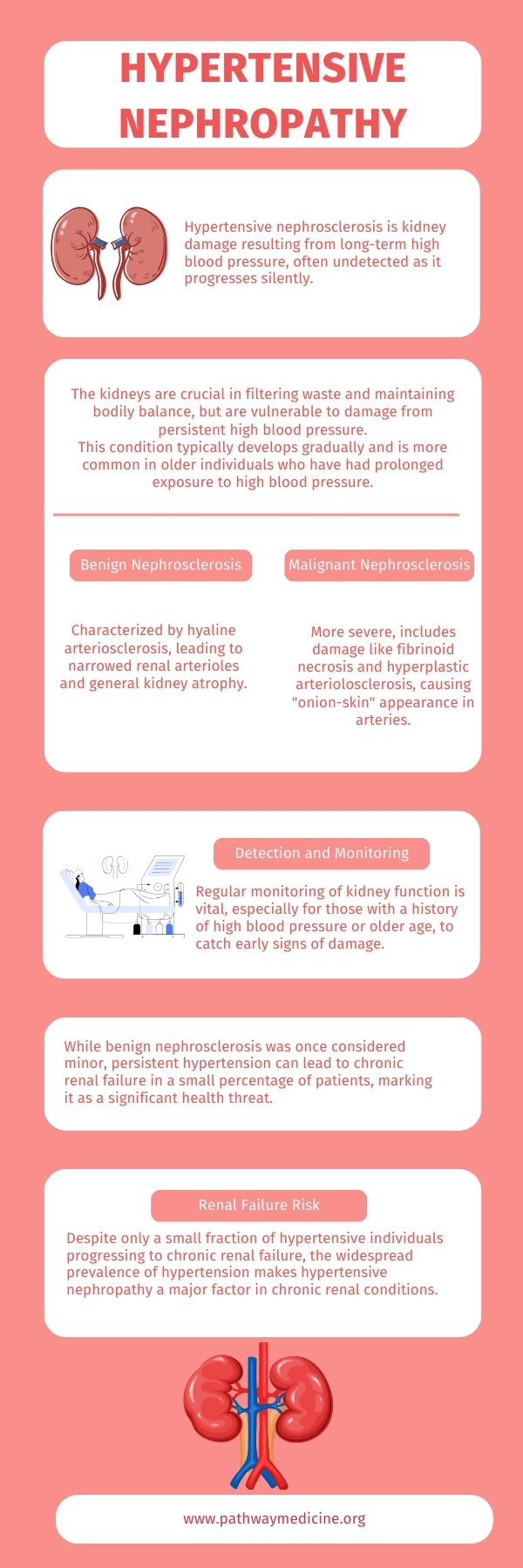
Morphology
The way hypertensive nephrosclerosis looks depends on how severe the hypertension is. In most people, it’s called “Benign Nephrosclerosis,” but if someone has malignant hypertension, they might experience changes known as “Malignant Nephrosclerosis.”
According to Shaoshan Liang, Hypertension is classified into two types, namely benign hypertension and malignant hypertension. The kidney damage that results from these respective hypertension types is termed as benign nephrosclerosis (BN) and malignant nephrosclerosis (MN).
Benign Nephrosclerosis
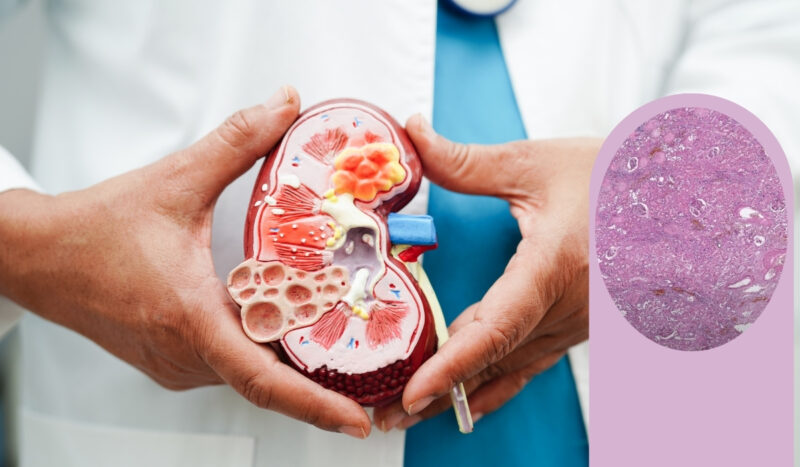
Benign nephrosclerosis is characterized by “Hyaline Arteriosclerosis” of the renal arterioles and involves a deposition of a hyaline substance in the arteriolar wall that narrows the luminal diameter. The remainder of the kidney, including the glomeruli, nephrons, and renal interstitium all show diffuse atrophy with some attendant fibrosis.
Most individuals diagnosed with arterial hypertension often exhibit signs of benign nephrosclerosis, also known as hyaline arteriosclerosis, in their kidneys. – Ulrich O. Wenzel
Malignant Nephrosclerosis
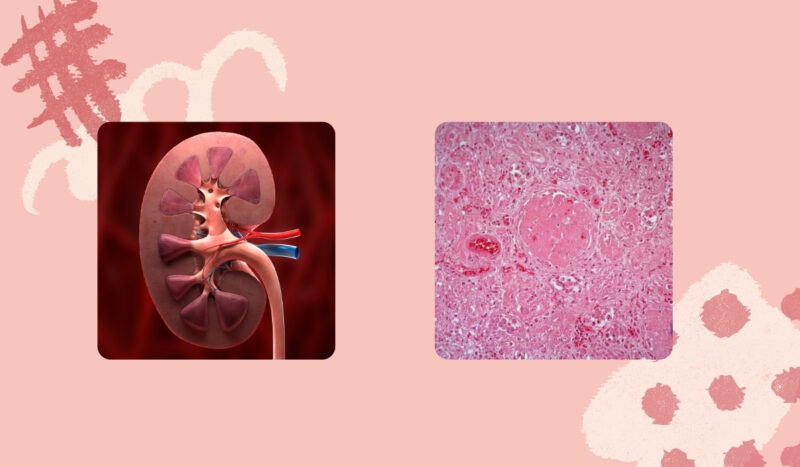
Malignant Nephrosclerosis is a condition where the kidneys can have a distinct look, almost like they’ve been bitten by fleas. This happens because small blood vessels on the surface of the kidneys can bleed, causing small hemorrhages. In addition, there can be damage to smaller vessels called arterioles, with a combination of fibrinoid necrosis and the presence of inflammatory cells. This can create a picture of “Necrotizing Arteriolitis”.
As per National Library of Medicine, Malignant nephrosclerosis is acute renal failure in the setting of malignant hypertension and may be associated with thrombotic microangiopathy.
When it comes to larger blood vessels in the kidneys, such as renal interlobular arteries, there is often an abnormal increase in the cellular elements of the vascular wall.
This condition is known as “Hyperplastic Arteriolosclerosis” and it causes a concentric thickening of the arterial wall, giving it an appearance similar to layers of an onion. This thickening can significantly narrow the lumen of interlobular arteries.
The Renal Impact of Long-Term Hypertension
Benign nephrosclerosis can be thought of as the renal manifestation of general changes associated with arteriosclerosis that affect any tissue’s arterioles due to long-standing hypertension. In the kidneys, narrowing of renal arteriolar diameter as a consequence of hyaline arteriosclerosis reduces downstream blood flow.
This results in chronic low-level ischemia of the renal tissue, over time manifesting as atrophy. It is important to point out that benign nephrosclerosis occurs as a result of the presence of long-term hypertension of any etiology, including Glomerulotubular Balance.
Given that many renal diseases cause hypertension (e.g. etiologies of nephritic syndrome), the morphological changes of benign nephrosclerosis often occur on top of the pathological changes observed in these hypertensive renal diseases, with additional considerations for the impact of Glomerulotubular Balance.
Hypertensive Nephropathy Is a Key Contributor to Chronic Renal Failure
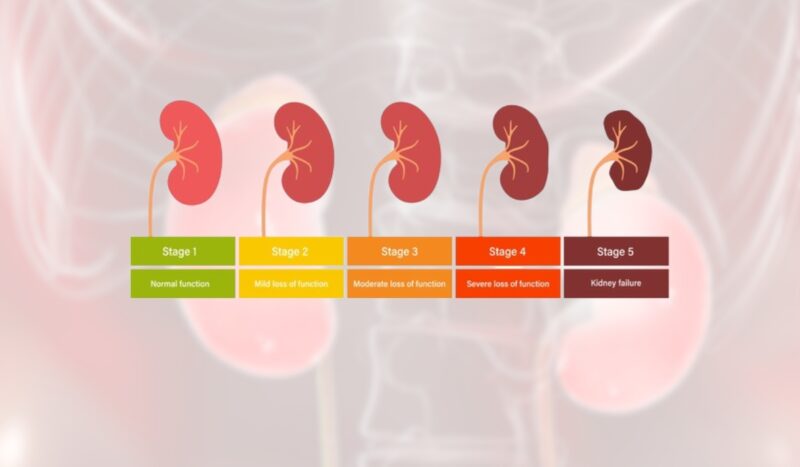
The morphological features mentioned above are actually the adaptive responses of the renal blood vessels to extremely high arterial pressures. These adaptations in the kidneys may play a role in the development of malignant hypertension.
In the past, the morphological changes associated with benign nephrosclerosis were considered to have little clinical significance. However, it seems that in nearly 5% of patients with hypertension, persistent high blood pressure over a long period of time can lead to chronic renal failure.
Although this only affects a fraction of individuals with hypertension, the widespread occurrence of hypertension makes hypertensive nephropathy a major contributor to chronic renal failure.


